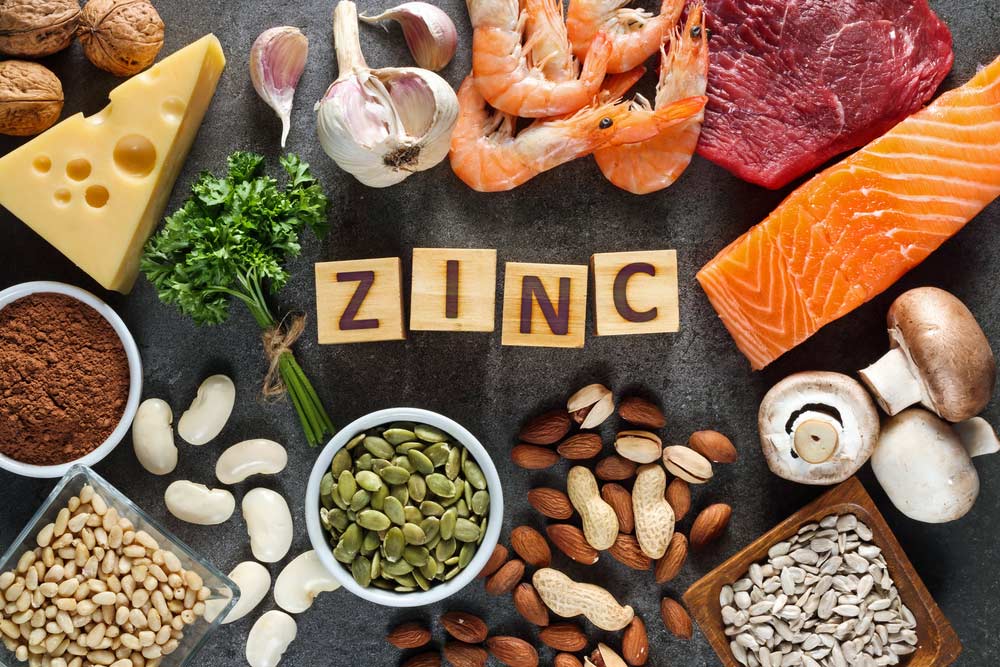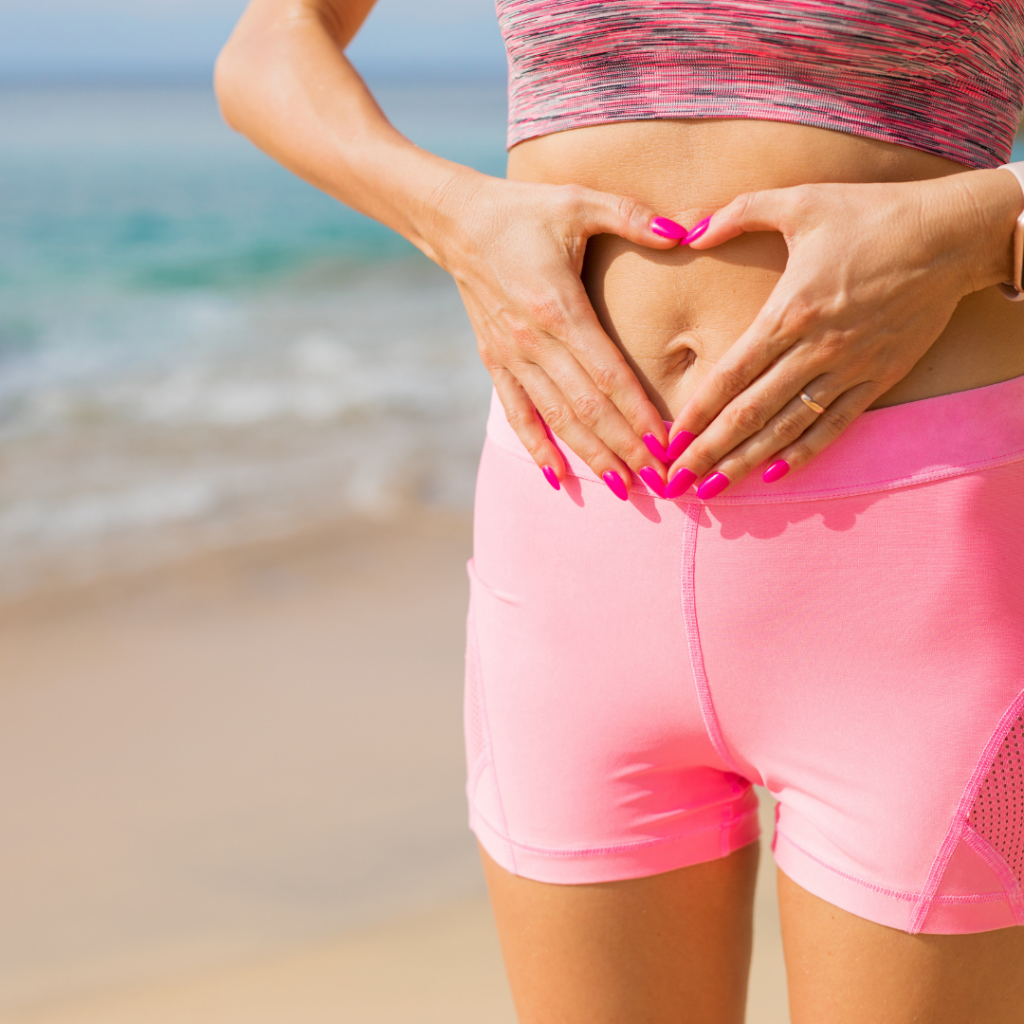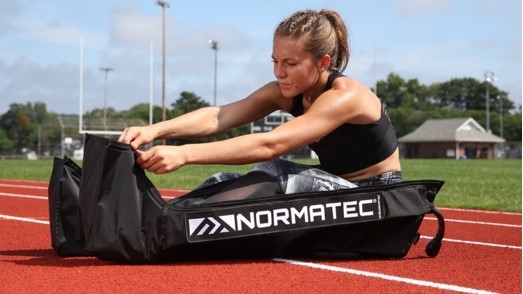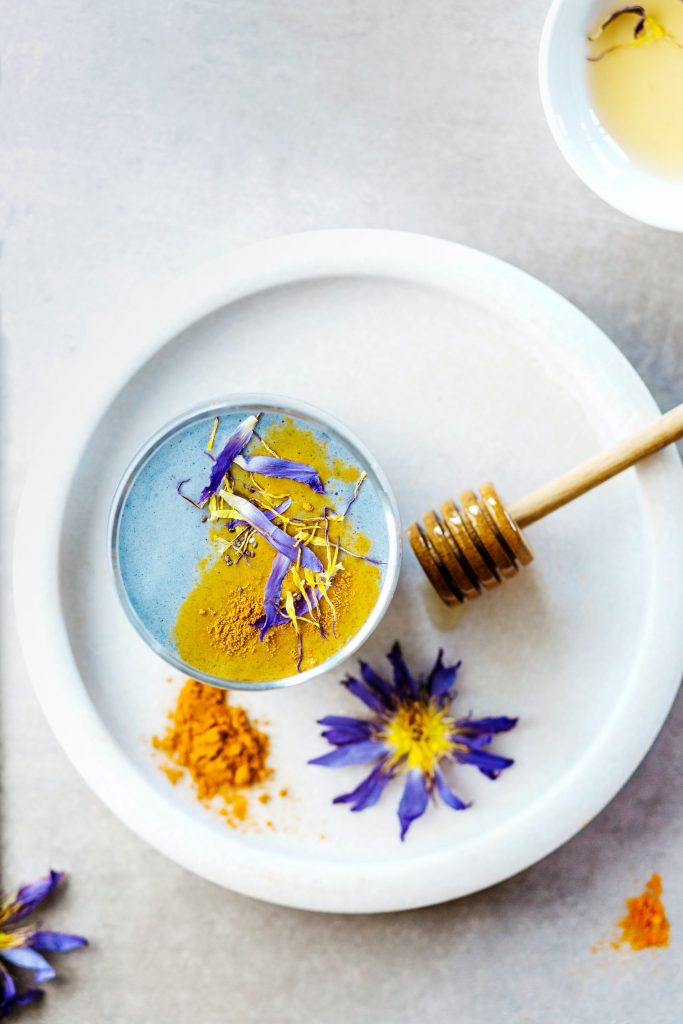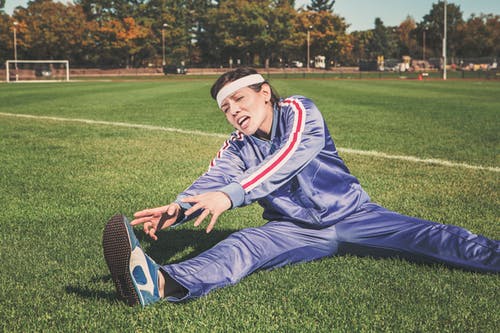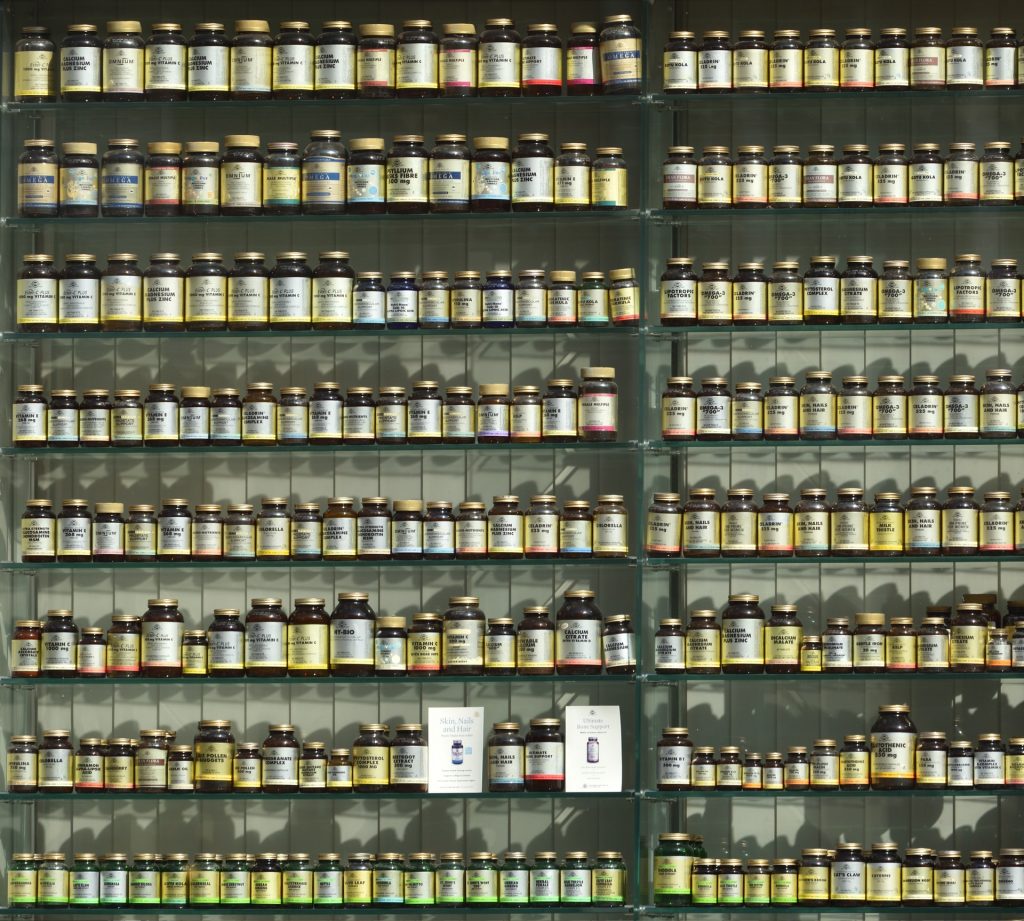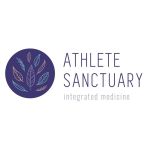Relative Energy Deficiency in Sport – or RED-S as it is known – is caused when there’s a negative balance between dietary energy intake and the energy output needed to promote optimal health, performance, growth and daily life.
Up until 2014 RED-S was referred to as the female athlete triad – disordered eating, menstrual disturbances and low bone density. At this time the International Olympic Committee updated their position statement with the new term (RED-S) to be far more reflective of the wider-spread effects in both female and male athletes – on performance and throughout the body.
In 2018 the IOC published the RED-S Consensus Statement Update.
More than 10% of athletes experience RED-S throughout their career, yet despite its potential to have such adverse effects, RED-S is still only just becoming widely recognised and discussed within a majority of sports.
Symptoms of RED-S
There are many physical symptoms of RED-S, including:
- Fatigue
- Recurring illness
- Difficulties staying warm in the winter and cool in summer months
- Poor sleep quality
- Stress fractures and low bone mineral density, and impaired accumulation of peak bone mass (PBM)
- Weight loss, or below healthy weight
- Growth restriction in junior and teenage athletes
- Disordered eating or eating disorders such as bulimia or anorexia, orthorexia, restrictive disorders or recurrent dieting/fasting
- Digestion issues
- Vitamin and mineral deficiencies
- Metabolic disturbance
- Menstrual disfunction
 But REDS can also have far-reaching behavioural and psychological effects as well, including:
But REDS can also have far-reaching behavioural and psychological effects as well, including:
- Pre-occupation and constant discussion around food
- Poor sleep patterns
- Restricting or strict control over food intake
- Overtraining or struggling to take rest days
- Impaired judgement, coordination and concentration
- Recurrent soft tissue injury
- Irrational behaviour
- Fear of food and weight gain
- Severe anxiety
- Withdrawing or becoming reclusive
- Reduction in motivation
- Depression
REDS can have an incredibly adverse long-term effect on athletic performance, including an increased risk of injury and decreased training and performance responses. These effects can include:
- Decreased muscle strength
- Decreased endurance performance
- Impaired judgement
- Decrease in coordination
- Decrease in concentration
- Decrease in glycogen stores
- Negative impacts on muscle recovery
- Poor muscle growth
- Increased risk of injury
WHAT ARE THE LONG-TERM EFFECTS OF REDS?
The majority of our bone density is formed during our teenage years. If our bone density formation is impacted during our adolescence or early in our adult years, it can lead to issues with bone weakness and osteoporosis later on in life.
Longer-term, REDS can also have a negative impact on fertility, thyroid function, cardiovascular function, and mental health.
The good news is that most of the negative consequences of RED-S can be reversed if picked up early.
WHAT ARE THE COMMON MYTHS SURROUNDING REDS?
The common perception that athletes with RED-S have an eating disorder is false. Although eating disorders are associated with RED-S not all athletes with eating disorders have RED-S and not all athletes with RED-S have an eating disorder.
It’s true to say that athletes with RED-S can present as underweight- but this is not true in all situations. RED-S can exist without the athlete appearing to be underweight.
RED-S is also not something that just female athletes suffer from. All athletes competing in sports with higher training volumes or weight category restrictions are at a higher risk of developing RED-S. This can include athletes competing in sports that can be judged by aesthetics including figure skating, gymnastics and synchronised swimming, and body weight-dependent sports including long-distance running, mountain biking, and cycling, and weight classed sports such as lightweight rowing and marshall arts.
In one study 44% of ultra-endurance runners were identified as being at risk of developing RED-S while 39% of elite female sprinters should signs of RED-S.
“RED-S can occur in athletes of any competitive status. Among world-class endurance athletes, 37% of females presented with amenorrhea and 40% of males with testosterone in the lowest quartile range indicative of RED-S, which is similar to the reported 40% of Australian female athletes competing at the 2016 Rio Olympic games who were identified as at risk of RED-S. Similarly, among recreational female exercisers, 45% had risk factors associated with RED-S.” (Sports Information Resource Centre).
WHAT SHOULD I LOOK OUT FOR?
The most important piece of advice when it comes to RED-S is – listen to your body. Don’t ignore niggles and definitely don’t skimp on sleep and recovery. You should also:
- Monitor menstrual cycles
- Think about your relationship with food and/or exercise
- Be mindful of your eating patterns: disordered eating to eating disorder.
- Notice your exercise dependence
- Monitor your behaviour, mood and sleep patterns
- Notice change in clothing fit
- Be aware of growth and development
- Note injuries, illness and gastrointestinal issues
- Athletic performance (stagnation-deterioration)
- Try to be flexible in your approach
WHERE TO GET HELP
We appreciate that talking about many of the symptoms associated with RED-S can be difficult. Our Sports Naturopath and Holistic Coach Kate Smyth has extensive lived experience with REDS in elite sport and provides a discreet and confidential platform to share your concerns.
About the Author: Kate Smyth is a Sports naturopath, nutritionist and female centric running coach. She is the founder of the Athlete Sanctuary- a holistic healthcare clinic for athletes of all levels and sporting codes. Kate has a thirst for knowledge with two bachelor’s and a master’s degree under her belt. She has been involved in sports for many decades and competed for Australia in the Commonwealth Games and Olympic Games marathons with a personal best time of 2 hours 28 minutes. For more information visit www.https://https://athletesanctuary.com.au/wp-content/uploads/2023/03/normatec-3-lower-body-system-thumb_720x-1.webp.com.au/wp-content/uploads/2020/05/Seed-Cycle-Blends-scaled-1.jpg.com.au
Resources
The Sport Information Resource Centre: SIRC,
Berg, S. E. (2021). The Relationship between Eating Disorders, Weight Control Methods, and Body Satisfaction in Elite Female Runners Competing at the 2020 US Olympic Marathon Trials.
Sygo, J., Coates, A. M., Sesbreno, E., Mountjoy, M. L., & Burr, J. F. (2018). Prevalence of indicators of low energy availability in elite female sprinters. International Journal of Sport nutrition and exercise metabolism, 28(5), 490-496.


